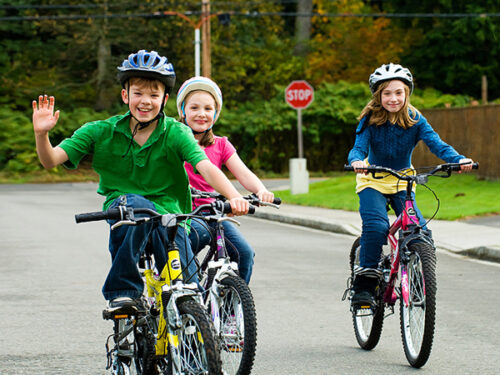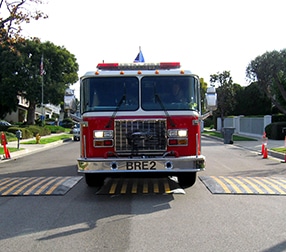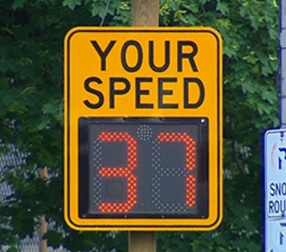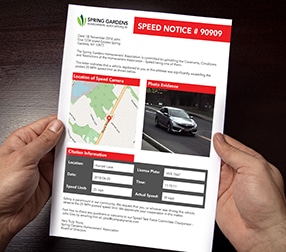Keep your community safe.
One of the big draws of gated private communities and homeowners association (HOA) is the safety and security that they offer their residents.
In recent years, such vulnerable road users have become more at risk as the percentage of fatalities of people killed outside vehicles has increased by more than 50% from 20% to 32% of crash fatalities.
Better Community Roads
The Traffic Logix line of SafePace radar signs and speed humps and cushions will decrease the likelihood of accidents on your roads, and reduce the severity when a crash occurs. They have prevented countless accidents in communities around the world and can return safety to your neighborhood’s roads.
Enforcing speeds on your streets isn’t always easy.
affordable, and more accessible than ever.
Choosing Safety
Keeping streets safe and preventing accidents is even more of a priority for property managers and community boards than for typical municipalities. Car crashes are the top cause of unintentional death for children and traffic accidents happen most in daylight hours and in good weather, when children are likely to be outside playing.
An ITE report on residential safety highlighted the importance of slowing speeders on such neighborhood roads that are used by children, as speed is a key risk factor in child pedestrian injury and children are unlikely to be able to make wise decisions about road use.
3 Ways to Stop Speeding in HOAs
Slowing cars down to safer reduce speed can make the difference between life and death on local community roads. Slower speeds save lives.
Find out how today!
Traffic Logix helps to safeguard the ordinary, every day.
“Not only are the products well engineered and industry leading, but their customer service is just outstanding.”
“We can…. control the signs (at the port) right from our offices….. via the SafePace Cloud.”
“It (the SafePace radar sign) is a neat little system that gets fantastic results.”
“We love it (the SafePace radar sign)….. You’ll notice drivers instantly slow down. It really grabs their attention.”
“People really slow down and they don’t speed up afterward. It (the speed hump) is a reminder to observe the speed limit and it actually seems to work.”
“It’s really great how we can download the data and share it with team members….. The response to the signs has been excellent.”








